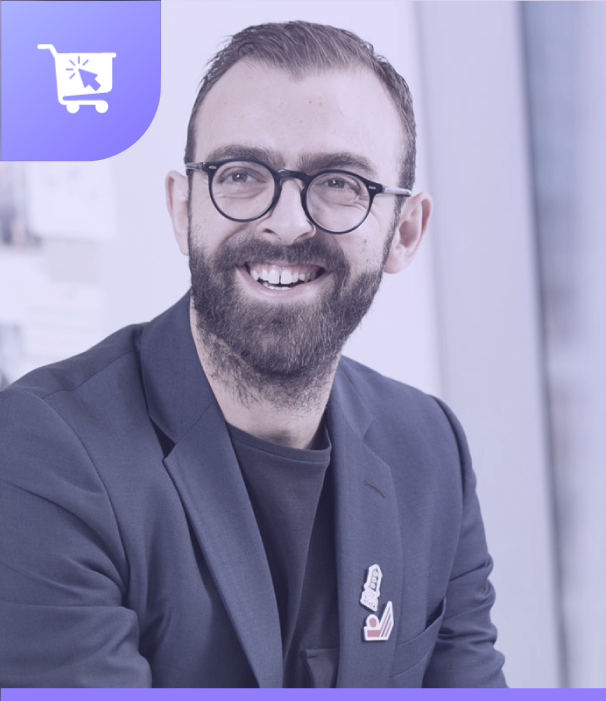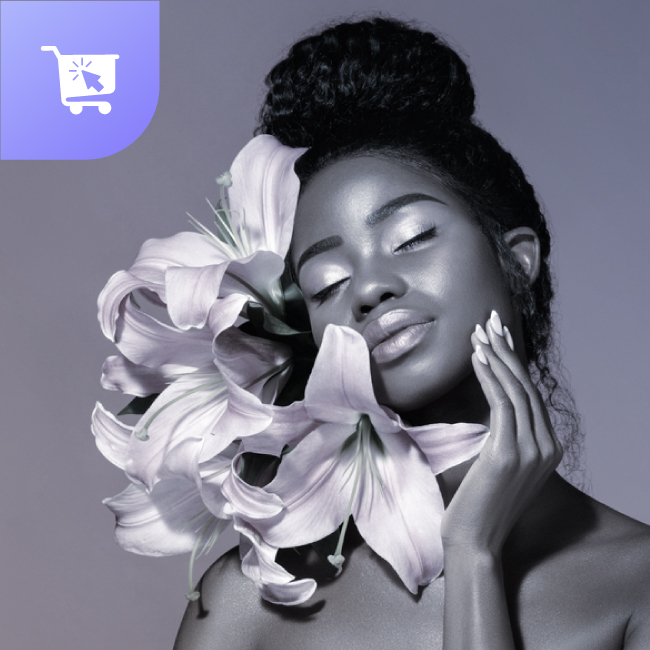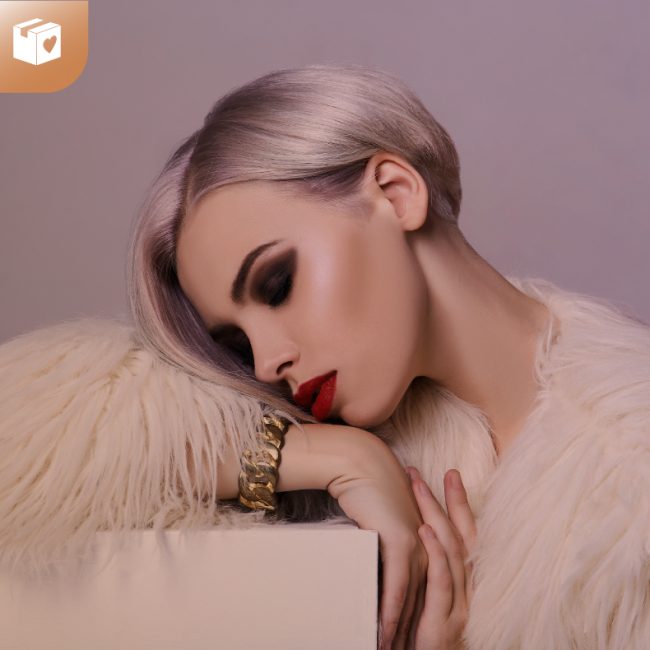
The Power of Visual Storytelling with Coach
ABOUT THIS EPISODE
Introducing Giovanni Zaccariello who has dedicated more than two decades of his life in transforming the fashion industry. Currently, as the senior vice president of global visual experience at Coach, he leads various teams like visual merchandising, 3D creative studio, brand events, and digital experience.
In this episode of The Retail Podcast by Vue.ai, Giovanni talks about how Coach shifted from modern to expressive luxury, focusing on customer obsession and glocalization. He explains the importance of visual experiences in retail and how Coach blends physical and digital elements to create an immersive store experience.
Episode Transcript:
Meet your speakers:

Giovanni Zaccariello

Krithika Anand
Customer Marketing, Vue.ai







